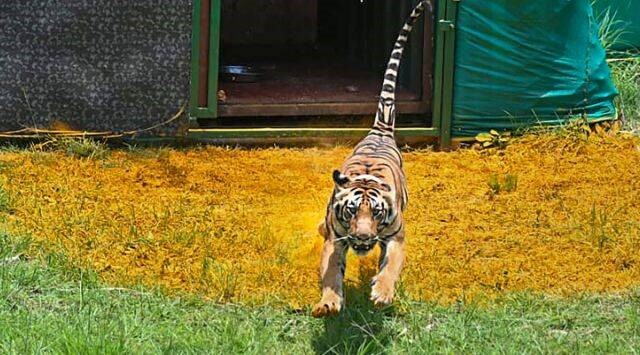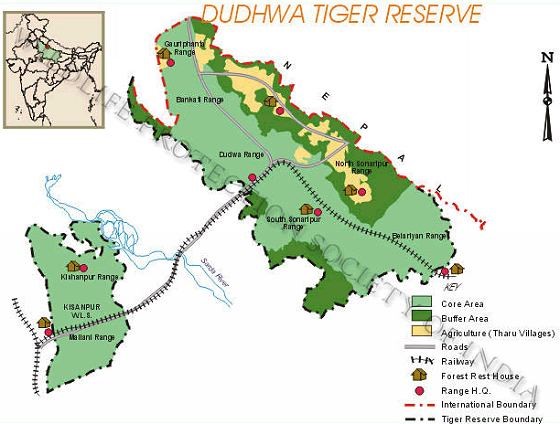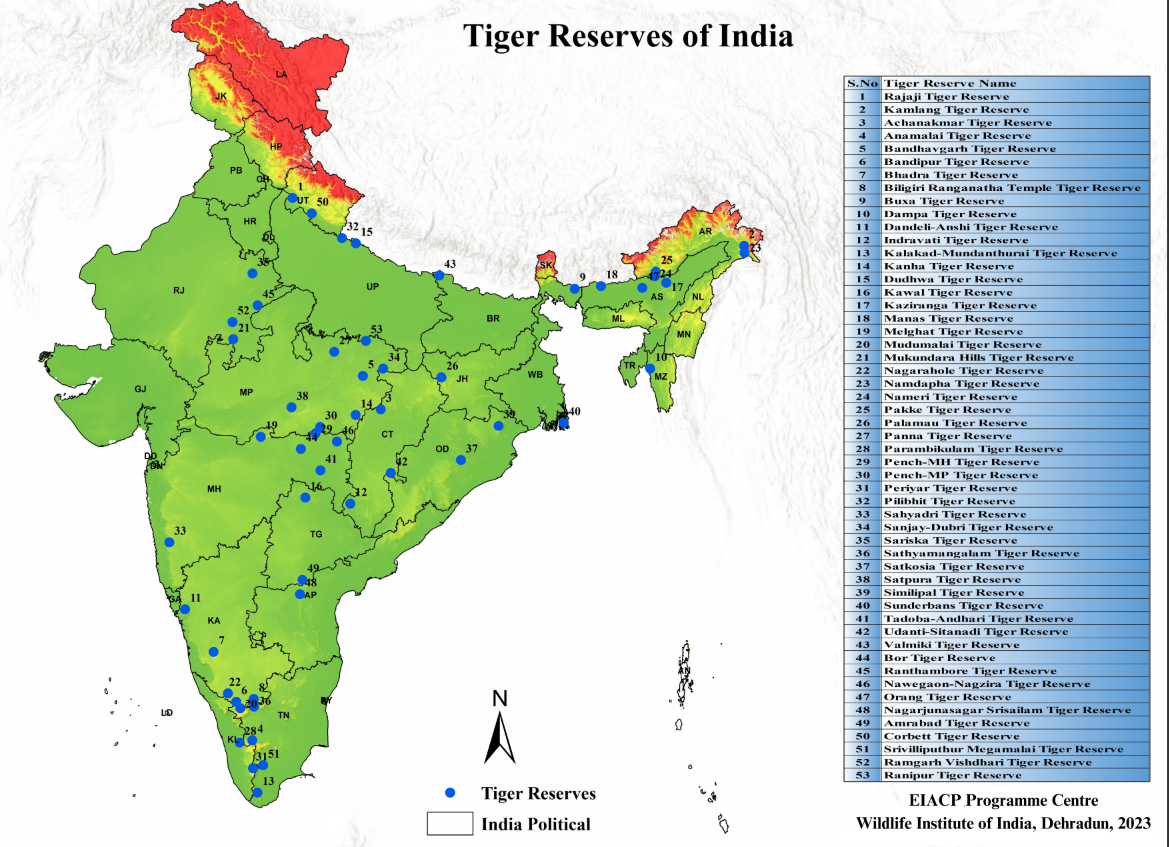Free Courses Sale ends Soon, Get It Now


Free Courses Sale ends Soon, Get It Now



Disclaimer: Copyright infringement not intended.
Context
About Dudhwa Tiger Reserve
History
Flora
Fauna

Disclaimer: Copyright infringement not intended.
Project Tiger and Tiger Reserves in India

Protection status of Tiger
|
National Tiger Conservation Authority It has been constituted under section 38 L (1) of Wildlife (Protection) Act, 1972. Further, as per the section 38 L, sub section 2 of the said Act. Chairperson - Minister of the Ministry of Environment, Forests and climate change Vice-Chairperson - The Minister of State in the Ministry of Environment and Forests Also included three members of Parliament, Secretary, Ministry of Environment and Forests and other members. The authority derives its power from section 38 O (1) of WLPA, 1972 and functions under the guidance of Chairperson, Vice-Chairperson and members.. |
|
PRACTICE QUESTION Protection of tigers is necessary with regards to the viability of ecosystem. Substantiate. Also mention the measure taken to protect the tigers in India. (250 words) |
https://en.wikipedia.org/wiki/Dudhwa_National_Park
http://wiienvis.nic.in/Database/Tiger%20Reserves%20_8222.aspx
© 2024 iasgyan. All right reserved